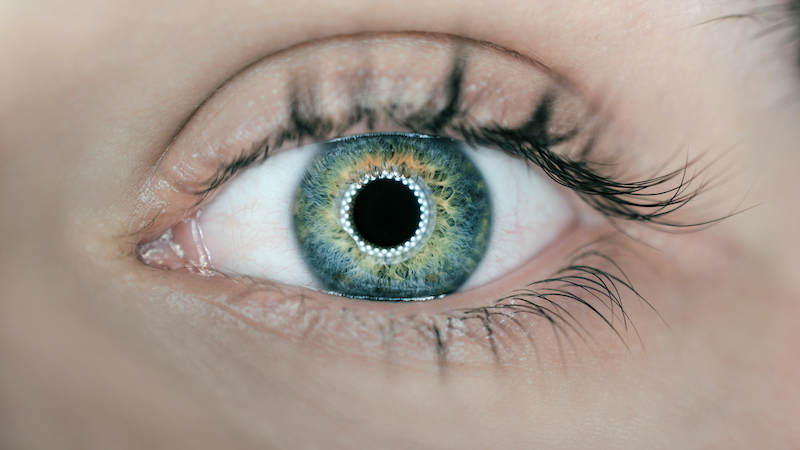New AI algorithm detects heart problems using eye scans
A scan of our eyes is apparently enough to learn a lot about our health. A new AI system should be able to detect heart problems, for example, based on the veins and arteries in our retina.
Artificial intelligence (AI) has evolved relatively quickly over the past decade. Algorithms can already advance the development of new types of batteries or, for example, recognize a corona infection based on the voice. Researchers have now developed a system that uses an eye scan to determine the risk of heart disease.
The researchers published the associated results in British Journal of Ophthalmology. Accordingly, the method could soon replace existing preventive measures and thus make blood tests and measurements of blood pressure superfluous. But how can AI use our eyes to tell if we might be sick?
AI examines veins and arteries in the eye
Apparently this is relatively simple. Because once the scan is complete, the AI analyzes the veins and arteries in our eyes. A computer looks at the progressions in our retina, i.e. the white area of our eye.
In addition to the number of veins and arteries, their width and tortuosity also play a role. Because our heart health affects all of these factors. Initial tests with the new AI meanwhile appear promising. The approach is at least as effective as conventional testing.
So there is no worsening of diagnoses. So far, only experts have been able to make an informed opinion about our health. However, data and a learning algorithm could soon surpass this human opinion.
Systems are reliable but also biased
The AI thus joins a list of other systems. So far, computers have been able to predict the risk of diabetes and Alzheimer’s based on our eyes. But there is also a big challenge. Because AI systems are usually preloaded.
For example, when researchers use data from the UK Biobank, about 95 percent of the information relates to white people. So that the lives of all people, regardless of age and origin, can be improved, more diverse research approaches are required.
Also interesting:



